How to Choose the Right Food Machines for Your Restaurant's Efficiency and Growth
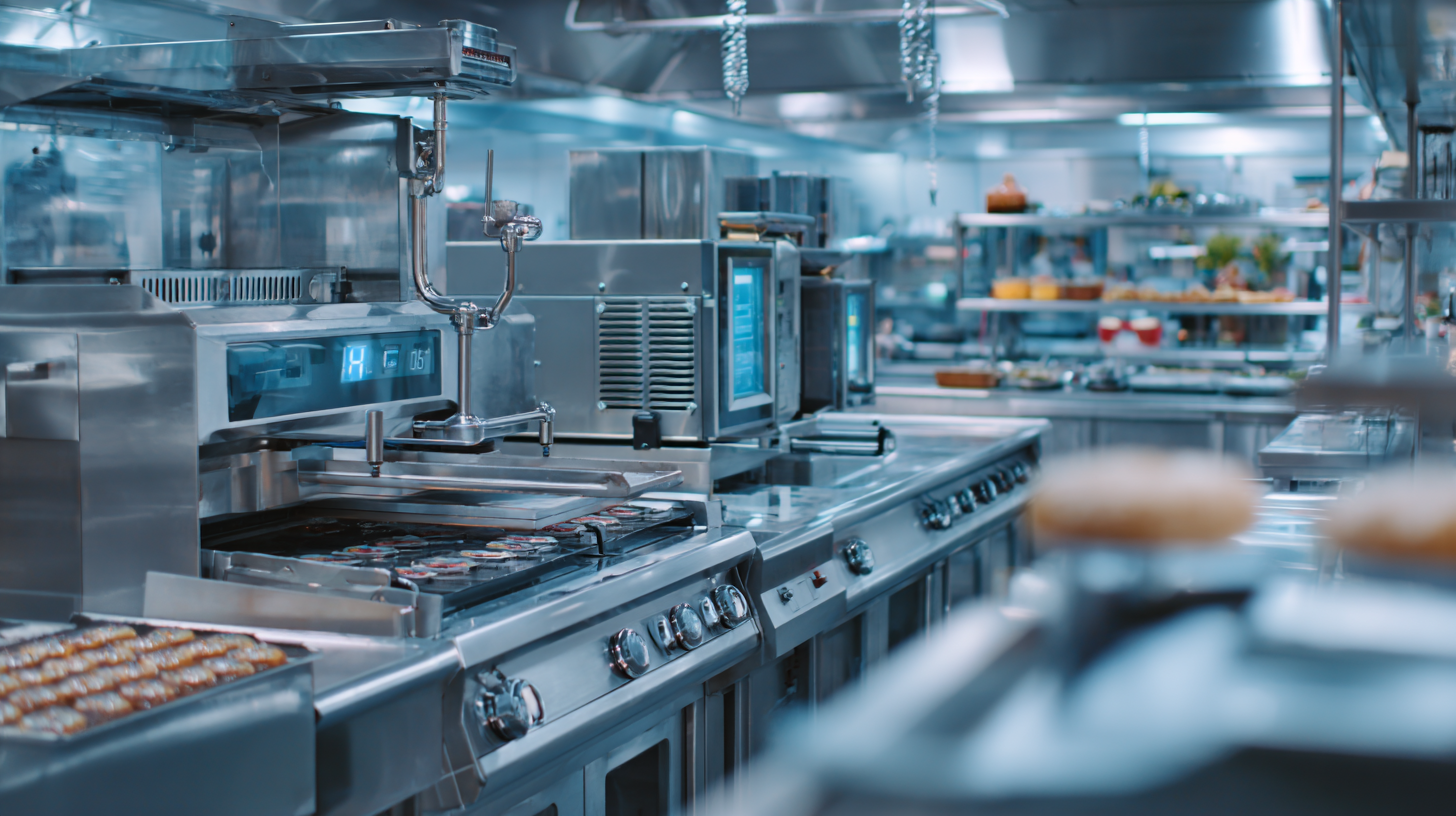 In the competitive landscape of the restaurant industry, selecting the right
food machines is crucial
for enhancing operational efficiency and fostering growth. According to a recent
report by IBISWorld, the commercial kitchen equipment industry is projected to grow
at an annual rate of 3.4% over
the next five years, emphasizing the increasing importance of investing in
quality food machines. Efficient food
preparation equipment not only streamlines cooking processes but also significantly
reduces food waste, with estimates suggesting that automating certain tasks can lead
to up to a 20% decrease in waste.
With advancements in technology, modern food machines are designed to meet the demands
of fast-paced kitchens while ensuring consistent quality and safety standards. As
restaurants strive to improve their service delivery and overall performance,
understanding how to choose the right food machines becomes an invaluable skill for owners and managers aiming for long-term success.
In the competitive landscape of the restaurant industry, selecting the right
food machines is crucial
for enhancing operational efficiency and fostering growth. According to a recent
report by IBISWorld, the commercial kitchen equipment industry is projected to grow
at an annual rate of 3.4% over
the next five years, emphasizing the increasing importance of investing in
quality food machines. Efficient food
preparation equipment not only streamlines cooking processes but also significantly
reduces food waste, with estimates suggesting that automating certain tasks can lead
to up to a 20% decrease in waste.
With advancements in technology, modern food machines are designed to meet the demands
of fast-paced kitchens while ensuring consistent quality and safety standards. As
restaurants strive to improve their service delivery and overall performance,
understanding how to choose the right food machines becomes an invaluable skill for owners and managers aiming for long-term success.
Identifying Your Restaurant’s Specific Food Preparation Needs
Identifying your restaurant's specific food preparation needs is crucial for enhancing efficiency and supporting growth. Begin by assessing the types of dishes you offer and the volume of each. For instance, if your menu includes a variety of fresh salads and sandwiches, investing in high-quality slicing machines and food processors can streamline preparation. Conversely, if your focus is on baked goods, consider ovens with versatile functionalities and mixers to ensure consistent quality.
The workflow in your kitchen also plays a pivotal role in determining the right machines. Analyzing the layout and the sequence of food prep tasks can highlight areas where automation can save time and reduce labor costs. For example, incorporating a blast chiller can allow for quicker cooling of cooked items, enhancing food safety and enabling the preparation of dishes in advance. By matching equipment to your specific needs, you not only improve operational efficiency but also position your restaurant for sustainable growth as demands evolve.
How to Choose the Right Food Machines for Your Restaurant's Efficiency and Growth - Identifying Your Restaurant’s Specific Food Preparation Needs
| Food Preparation Needs | Recommended Machine Type | Benefits | Estimated Investment ($) |
|---|---|---|---|
| Chopping Vegetables | Commercial Food Processor | Increases speed and consistency | 800 - 2,500 |
| Meat Processing | Meat Grinder | Improves workflow and food safety | 500 - 3,000 |
| Baking | Commercial Mixer | Enhances dough mixing quality and efficiency | 1,200 - 5,000 |
| Cooking Pasta | Pasta Cooker | Reduces cooking time, consistent results | 1,000 - 4,000 |
| Fresh Juice | Commercial Juicer | Maximizes juice extraction and flavor | 300 - 2,000 |
Evaluating Efficiency and Speed of Different Food Machines
When selecting food machines for your restaurant, evaluating their efficiency and speed is crucial for enhancing operational productivity. According to a study by the National Restaurant Association, efficient food preparation can reduce labor costs by up to 30%, which significantly impacts your bottom line. For instance, investing in high-speed blenders can cut down on food prep time by up to 50% compared to standard models, allowing your staff to focus on serving customers rather than laborious tasks.
Moreover, the performance of various food machines can substantially affect customer satisfaction and turnover rates. A report by Technomic indicates that restaurants that prioritize speed in food service can improve customer retention by 25%. For example, using automated cooking equipment, such as combi ovens, can not only speed up meal preparation but also maintain consistency in food quality, which is essential for repeat business. By carefully assessing the speed and efficiency of food machines, restaurant owners can make informed decisions that promote both efficiency and growth in a competitive market.
Comparing Costs vs. Benefits of Food Equipment Options
When selecting the right food machines for a restaurant, a cost-benefit analysis is critical to ensure efficiency and growth. This evaluation not only considers the upfront cost of equipment but also the long-term benefits it can bring. For instance, modern point-of-sale (POS) systems have evolved to facilitate mobile sales and improve processing speeds, potentially enhancing customer satisfaction and sales turnover. Research suggests that the best systems can increase profit margins by streamlining operations and integrating loyalty programs, translating to a significant return on investment.
Furthermore, advancements in food production technologies, such as cell-cultured meat, present a unique set of cost implications. Currently, the estimated production cost for cell-cultured meat stands at approximately $63 per kilogram, stemming from expenses related to cell-culture mediums and scaling production efficiently. Businesses must weigh this against potential market demand and the growing consumer interest in sustainable food options, which could justify a higher initial investment in innovative equipment. In doing so, restaurant operators can align their equipment choices with emerging trends, ultimately promoting sustainability alongside profitability.
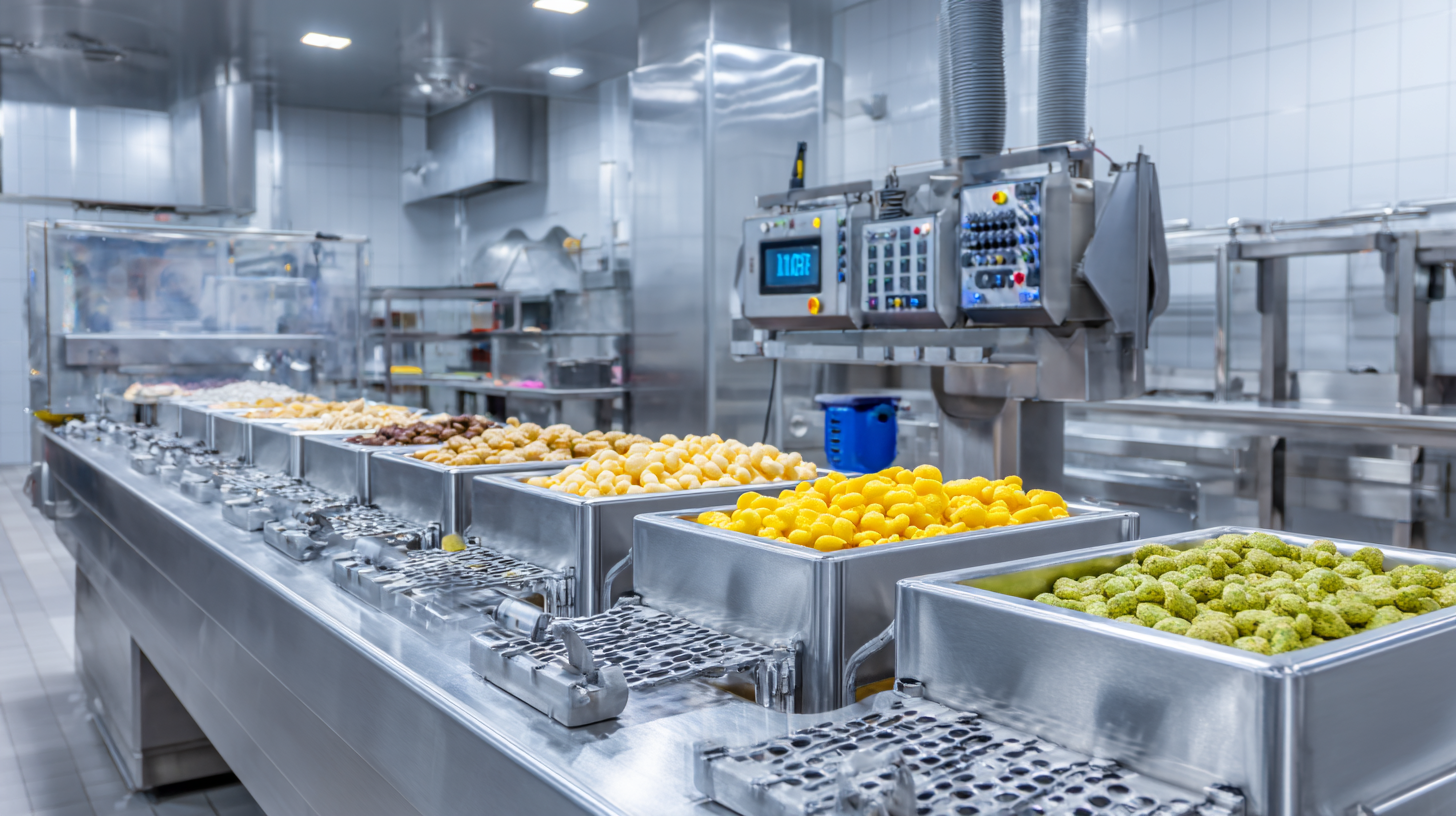
Considering Space and Layout Constraints in Your Kitchen
When selecting food machines for your restaurant, it's crucial to consider the specific space and layout constraints of your kitchen. The arrangement of equipment can significantly impact your kitchen's workflow and overall efficiency. For instance, compact machines may fit into smaller spaces but may not have the capacity to meet high-demand scenarios during peak hours. Assessing the layout should involve a thorough evaluation of the kitchen's footprint and the necessary areas for food preparation, cooking, and service.
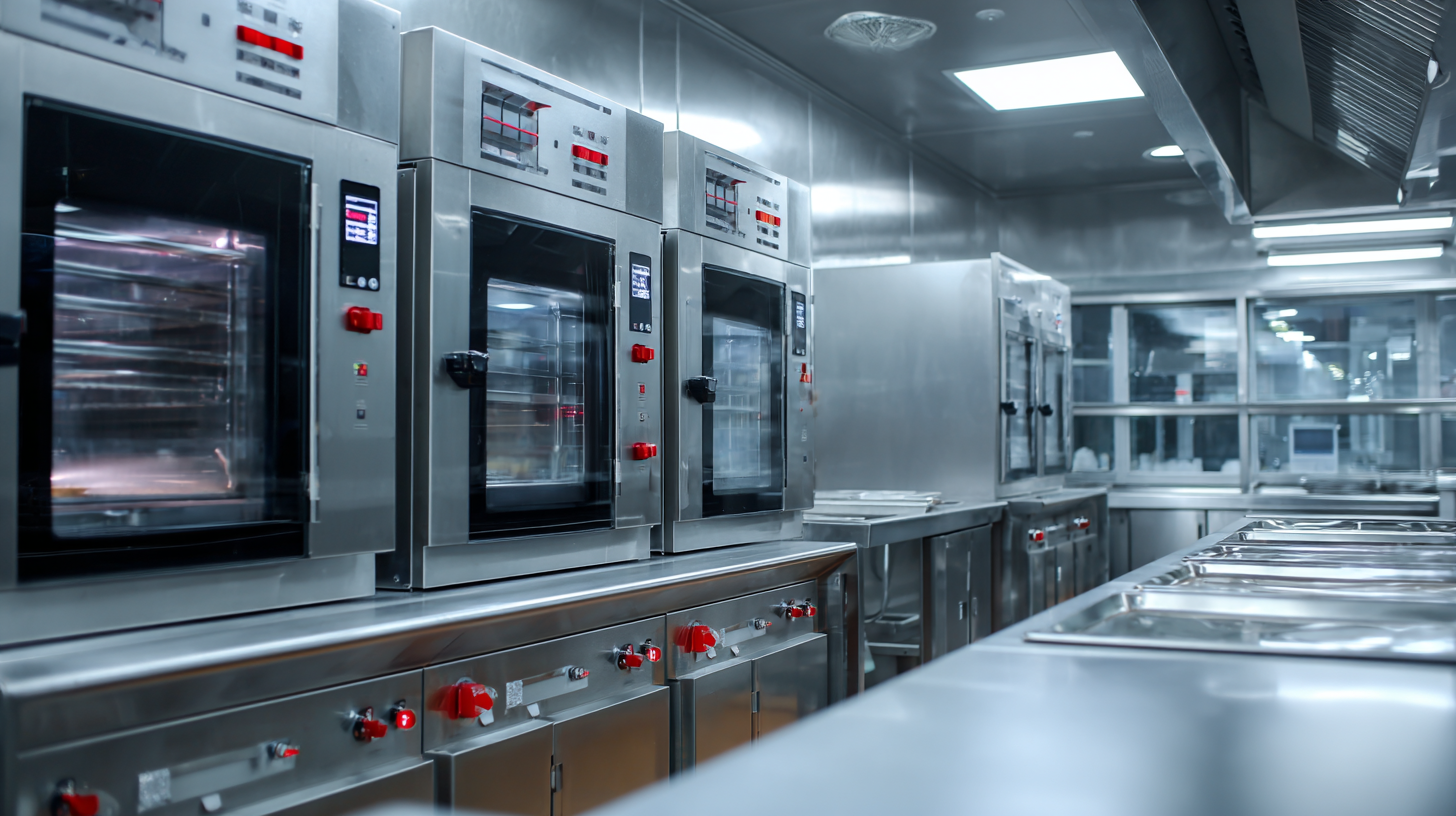
In addition to size, the layout of your kitchen plays a pivotal role in ensuring that all equipment is easily accessible. An efficient kitchen layout minimizes the distance staff need to travel between stations, reducing wait times and improving service speed. For restaurants with limited space, consider multifunctional machines that can perform multiple tasks, optimizing both the available area and your investment. By carefully planning your kitchen's design and choosing the right machines, you can enhance productivity and create a more enjoyable dining experience for your customers.
Researching Reliability and Maintenance Support for Food Machines
When selecting food machines for your restaurant, reliability should be a top priority. The right equipment can significantly impact operational efficiency and the quality of food served. Start by researching various brands and models known for their durability and high performance. Look for machines that come with reliable customer reviews and industry ratings. Additionally, consider the warranty offered, as a longer warranty often indicates manufacturer confidence in their product's reliability.
Maintenance support is equally crucial, as even the most dependable machines can require upkeep. Investigate the availability of service technicians and the ease of obtaining spare parts. Many manufacturers provide comprehensive maintenance packages that ensure your equipment remains in optimal condition, reducing downtime. Furthermore, seek out suppliers that offer training on proper use and routine maintenance, empowering your staff to handle minor issues before they escalate.
Prioritize establishing a relationship with your equipment provider to facilitate effective communication regarding maintenance needs and support.
Related Posts
-
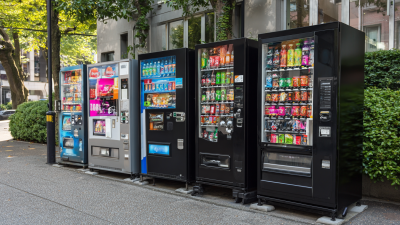
How to Choose the Best Vending Machine Options for Your Business Needs
-

Comprehensive Guide to Choosing the Right Coffee Vending Machine for Your Business Needs
-
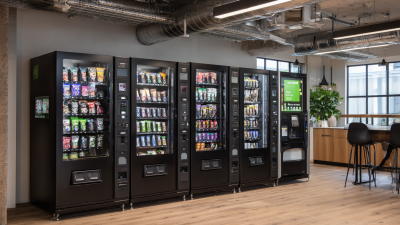
What is the Future of Healthy Vending for Global Buyers
-

Ultimate Guide to Choosing the Best Healthy Food Vending Machine for Your Business
-

12 Innovative Drink Vending Machine Concepts Revolutionizing Beverage Access
-
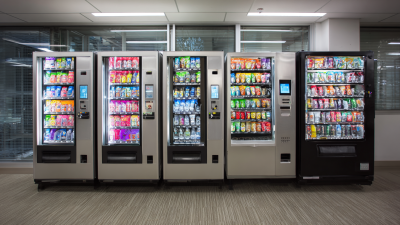
How to Select the Right Vending Machine for Your Global Procurement Needs
